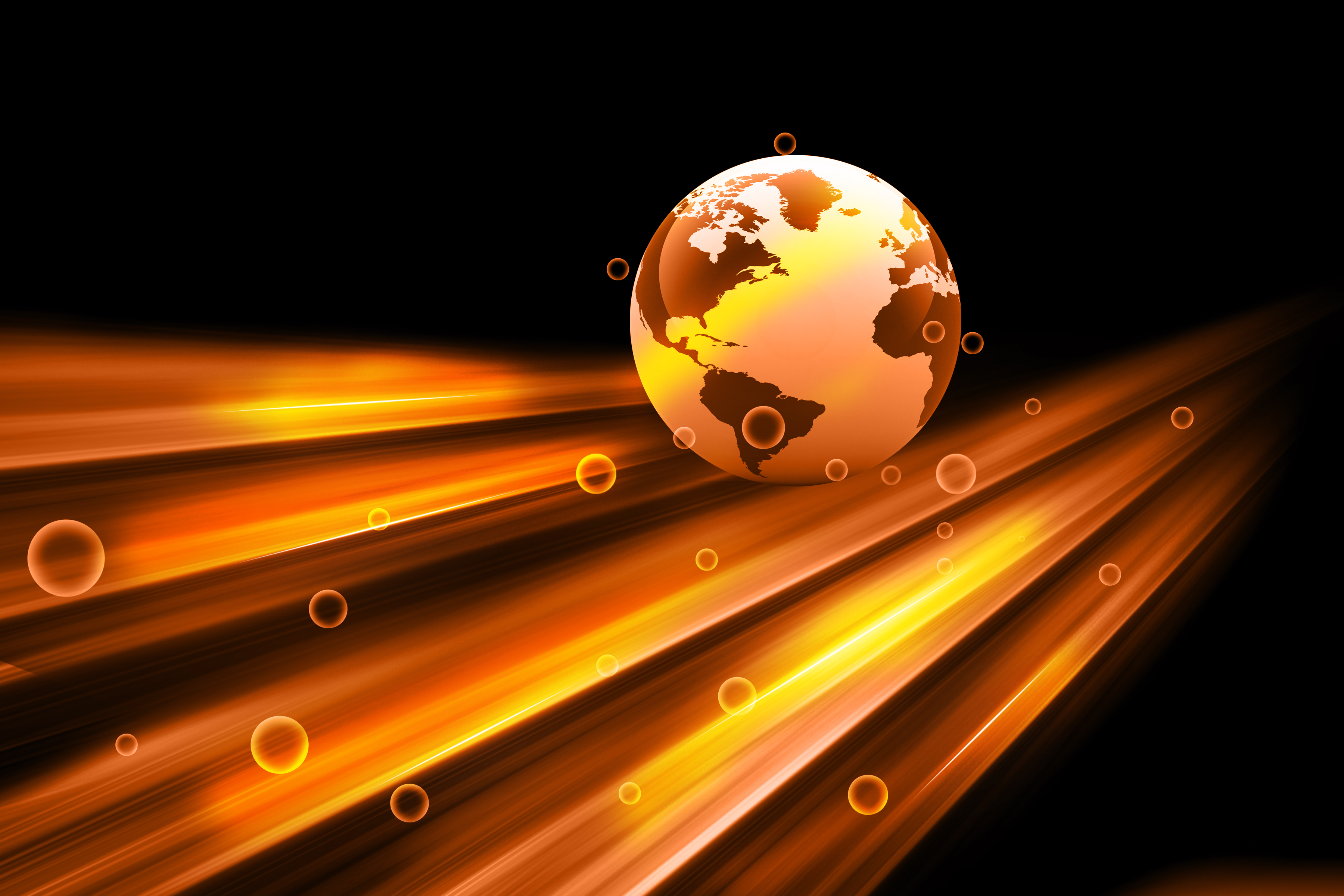Faster and greener internet for the future
In the High-Speed Optical Communications Group at DTU Electro we research how to enable the more and more essential cyber functions in society that are critically dependent on a perfectly functioning communications infrastructure.

Worldwide we use massive amounts of energy on the internet, and we will soon run out of space on the infrastructure. To meet society’s digital needs, a significantly improved and more energy-efficient communications infrastructure is therefore needed. A strong communications infrastructure is an essential enabler for both the Digital Agenda of Denmark and indeed of many of the UN Global Goals for Sustainable Development e.g. Sustainable Cities and Communities and Climate Action.
In the High-Speed Optical Communications Group at DTU Electro we research how to enable the more and more essential cyber functions in society that are critically dependent on a perfectly functioning communications infrastructure.
This applies for example ubiquitous connectivity, high availability, highly energy-efficient and low-cost, and able to handle the changing data traffic patterns and low latency, as required by new services on the internet.
These new
services are results of the increasing digitalization involving security
functions, IoT functions, including autonomous vehicles (cars drones), Industry 4.0, machine-to-machine
communications, 5G transport, Cloud storage and computing, TV-streaming and
on-line gaming.
Enabling future quantum simulators
In addition, our research in quantum circuits aims to enable future quantum simulators able to perform simulations of systems so complex they cannot be simulated today using standard computers. This could be complex molecular dynamics, e.g. useful for advanced design of novel medical drugs.
Working on most aspects of optical communications technologies
The High-Speed Optical Communications Group is working on most aspects of optical communications technologies. This ranges from integrated photonics for processing of optical data signals to development of high-capacity long-reach data transmission.
We develop key technologies to improve performance and energy efficiency of future optical communications systems.
Some of the main technologies addressed in the group are
- Communication and Cyber Technology; communications, digital and optical signal processing, high-capacity communications, nonlinear optics, photonic wireless and THz communications, broadband sources for communications, silicon photonics, data centre interconnects, access networks
- Green and Sustainable Societies; energy-efficient communications
- Quantum Technology; quantum cryptography.
Contact
Leif Katsuo Oxenløwe Group Leader, Professor lkox@dtu.dk